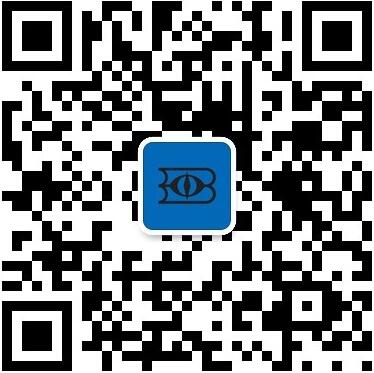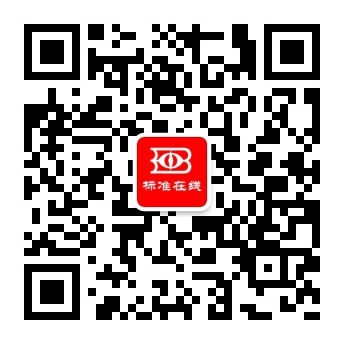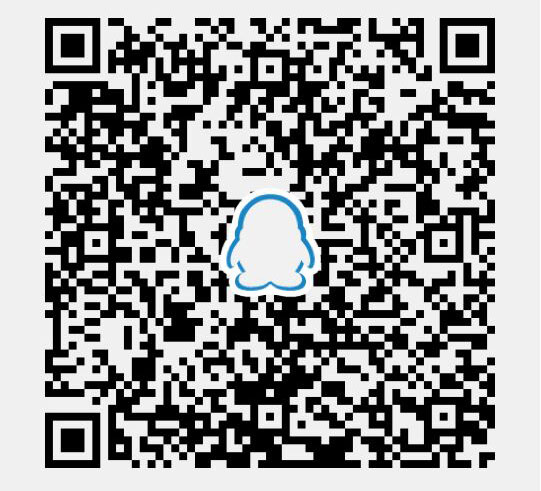【国外标准】 Standard Guide for Analytical Data Interchange Protocol for Mass Spectrometric Data
本网站 发布时间:
2024-02-28
开通会员免费在线看70000余条国内标准,赠送文本下载次数,单本最低仅合13.3元!还可享标准出版进度查询、定制跟踪推送、标准查新等超多特权!
查看详情>>
适用范围:
7.1 General Coding Guidelines—The NetCDF libraries are supplied to developers as source code. End users receive the libraries in compiled binary form as part of a vendor's application.7.1.1 Developers setting out to write a program to convert their data files to the Mass Spectrometric Data Protocol should consider using the NetCDF utilities ncgen and ncdump. After developers create the NetCDF file they should use the ncdump program to generate the ASCII representation of the data file, and examine it to ensure the data are being correctly put into the file.7.2 Make Files for NetCDF Libraries and Utilities—In general the compilation is straightforward. The make files were modified after they were received from the Unidata Corporation, because they did not compile the first time on PCs. The changes needed to get the Unidata distribution to run on DOS are (1) rename the file MAKEFILE to UNIX.MK, and (2) rename MSOFT.MK to MAKEFILE, and then run NMAKE. The default switches in the Unidata distribution use the switches for the floating point coprocessor and Microsoft Windows options.7.2.1 The protocol kit contains some complete makefile examples for Microsoft C V6.0 running on DOS. The Microsoft C V6.0 compiler manual should be consulted for the exact meaning of the compiler and linker options.7.2.2 The VMS and SunOS compilation instructions are in directories for those operating systems.7.3 NetCDF Library Build Order—The NetCDF libraries must be built in a specific order. The correct order to build the NetCDF directories is:UTILXDRSRCNCDUMPNCGENNCTEST7.3.1 The UTIL and XDR makefiles work as distributed using NMAKE with Microsoft C V6.0.1.1 This guide covers the implementation of the Mass Spectrometric Data Protocol in analytical software applications. Implementation of this protocol requires:1.1.1 Specification E2077, which contains the full set of data definitions. The mass spectrometric data protocol is not based upon any specific implementation; it is designed to be independent of any particular implementation so that implementations can change as technology evolves. The protocol is implemented in categories to speed its acceptance through actual use.1.1.2 Specification E2077 contains a full description of the contents of the data communications protocol, including the analytical information categories with data elements and their attributes for most aspects of mass spectrometric tests.1.2 The analytical information categories are a practical convenience for breaking down the standardization process into smaller, more manageable pieces. It is easier for developers to build consensus and produce working systems based on smaller information sets, without the burden and complexity of the hundreds of data elements contained in all the categories. The categories also assist vendors and end users in using the guide in their computing environments.1.3 The network common data format (NetCDF) data interchange system is the container used to communicate data between applications in a way that is independent of both computer architectures and end-user applications. In essence, it is a special type of application designed for data interchange.1.4 The common data language (CDL) template for mass spectrometry is a language specification of the mass spectrometry dataset being interchanged. With the use of the NetCDF utilities, this human-readable template can be used to generate an equivalent binary file and the software subroutine calls needed for input and output of data in analytical applications.
标准号:
ASTM E2078-00(2016)
标准名称:
Standard Guide for Analytical Data Interchange Protocol for Mass Spectrometric Data
英文名称:
Standard Guide for Analytical Data Interchange Protocol for Mass Spectrometric Data标准状态:
Active-
发布日期:
-
实施日期:
出版语种:
- 推荐标准
- ANSI X9.112-2016 Wireless Management and Security - Part 1: General Requirements
- ANSI X9.121-2016 (R2021) Balance and Transaction Reporting Standard BTRS Version 3.1 (BTR3)
- AS 1050.12-1983 (R2016)/Amdt 1-1984 Methods for the analysis of iron and steel - Determination of nitrogen in steel (steam distillation titrimetric method)
- AS 1271-2003 (R2016)/Amdt 1-2004 Safety valves, other valves, liquid level gauges and other fittings for boilers and unfired pressure vessels
- AS 1288-2006 (R2016)/Amdt 2-2011 Glass in buildings - Selection and installation
- AS 1358-2004 (R2016)/Amdt 1-2007 Bursting discs and bursting disc devices - Application, selection and installation
- AS 1361-1995 (R2016)/Amdt 1-2005 Electric heat-exchange water heaters - For domestic applications
- AS 1418.3-1997 (R2016)/Amdt 2-2002 Cranes (including hoists and winches) Bridge, gantry and portal cranes (including container cranes)
- AS 1530.2-1993 (R2016)/Amdt 1-1993 Methods for fire tests on building materials, components and structures - Test for flammability of materials
- AS 1603.1-1997 (R2016)/Amdt 1-1998 Automatic fire detection and alarm systems - Heat detectors
- AS 1603.2-1997 (R2016)/Amdt 1-1998 Automatic fire detection and alarm systems - Point type smoke detectors
- AS 1603.5-1996 (R2016)/Amdt 1-1998 Automatic fire detection and alarm systems - Manual call points
- AS 1796-2001 (R2016)/Amdt 1-2002 Certification of welders and welding supervisors
- AS 1860.2-2006 (R2016)/Amdt 1-2010 Particleboard flooring Installation
- AS 1926.2-2007 (R2016)/Amdt 1-2008 Swimming pool safety Location of safety barriers for swimming pools
 购物车
购物车 400-168-0010
400-168-0010













